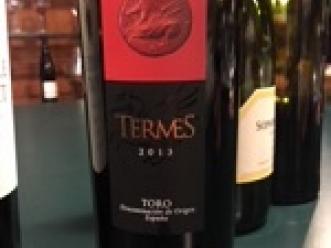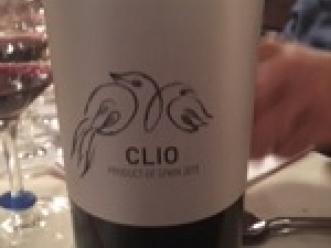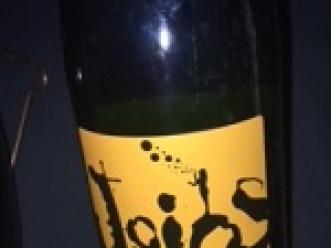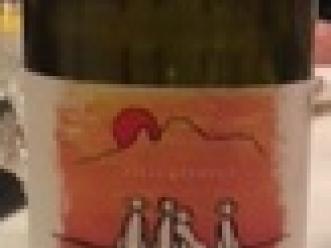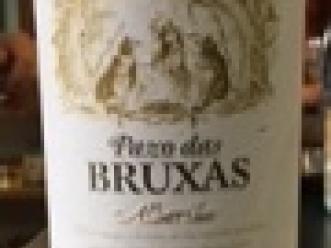2013 Bodega Numanthia Toro Termes, Spain - Wine Reviews
Always a solid value, this vintage is no exception. Purple in color. The nose has dark cherries, coffee and splight plums. On the palate, this is delcious. Plenty of dark cherry and plum fruit. Some oak showing. Great texture. This is a pretty big round wine that will drink well on its own or with food. A sure fire crowd pleaser.

